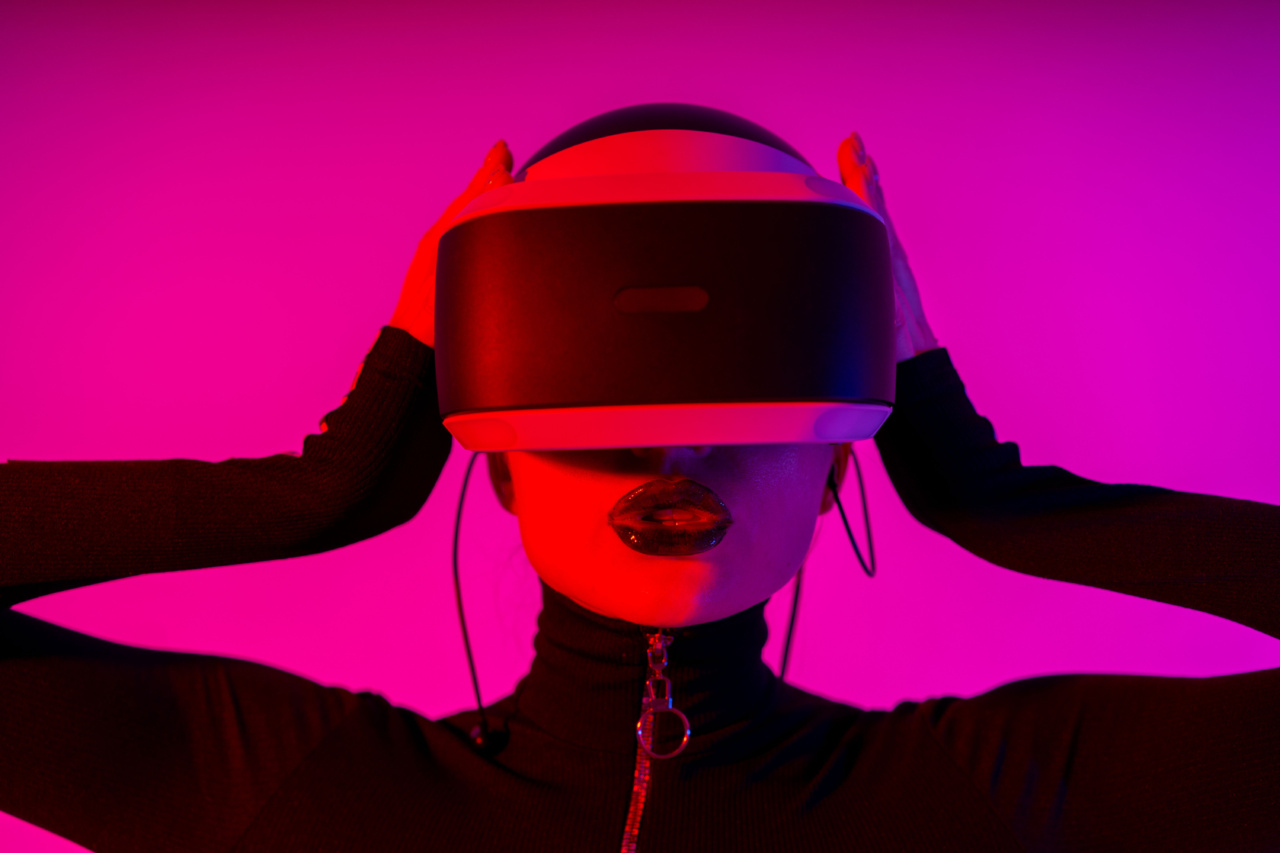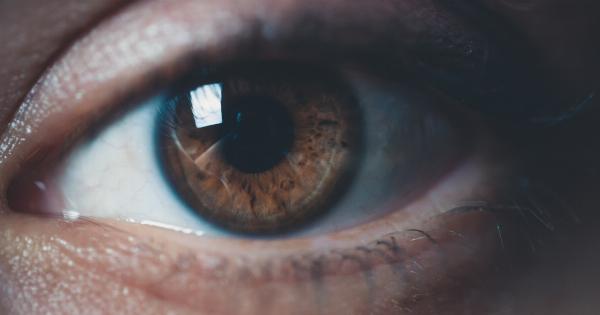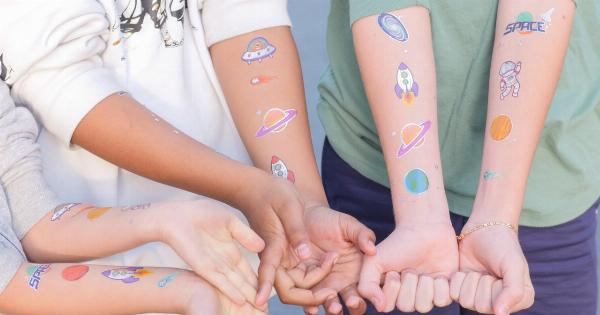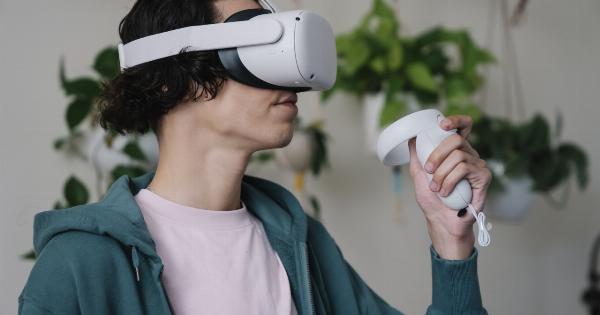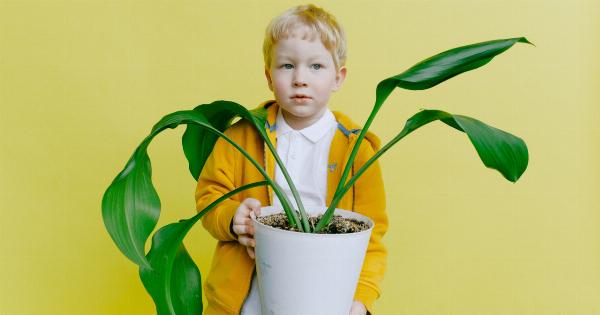At birth, babies’ vision is not fully developed. In fact, newborns see the world very differently from adults. Their vision is blurry, they have difficulty focusing, and they cannot see colors very well.
However, over the first few months of life, babies’ vision rapidly develops, and they begin to see more clearly. Here’s what you can expect in terms of visual development in newborns.
Birth to Six Weeks
At birth, babies’ eyes are not fully developed. They are nearsighted and can only focus on objects that are close up. They are also unable to see colors well, and their vision is very blurry.
In the first few days following birth, babies’ vision is limited to seeing light and dark contrasts. By two weeks, they may begin to be able to see basic shapes, such as a parent’s face. By four weeks, they can focus on objects that are 8 to 10 inches away.
Six Weeks to Three Months
As babies’ eyes develop, their vision becomes clearer. By six weeks, they can see high-contrast colors, such as black and white. They also begin to develop their color vision, though it is not fully developed until they are around three months old.
At this stage, babies can track objects with their eyes and distinguish between different shapes and patterns.
Three to Six Months
By three months, babies’ vision is much more fully developed than at birth. They have full color vision and can see different shades. They can also track moving objects and reach out to grasp objects.
By six months, babies’ eyes have fully developed depth perception, and they can judge distance and depth.
Six Months to a Year
Between six months and a year, babies’ vision continues to develop. They can now see fine details, such as the details in a parent’s face or the texture of objects.
They can also follow moving objects with their eyes and can coordinate their eyes and hands to grab objects. By this stage, babies have fully developed eye muscles and can focus their eyes on objects both near and far.
Signs of Vision Problems
While it’s important to understand what to expect in terms of visual development in newborns, it’s also important to be aware of signs of vision problems.
If you notice any of the following signs, it’s important to speak with a pediatrician or eye doctor:.
- Babies’ eyes do not appear to work in unison.
- Babies do not follow moving objects or people with their eyes.
- Babies squint or seem unusually sensitive to light.
- Babies do not seem to respond to people or objects in their environment.
In summary, visual development in newborns is a complex process that takes place over the course of the first few months of life.
While newborns’ vision is limited at birth, babies’ eyes rapidly develop, allowing them to see clearly and interpret the world around them. By understanding what to expect in terms of visual development in newborns, parents can help ensure their babies are meeting important milestones and alert medical professionals to any potential vision problems.
